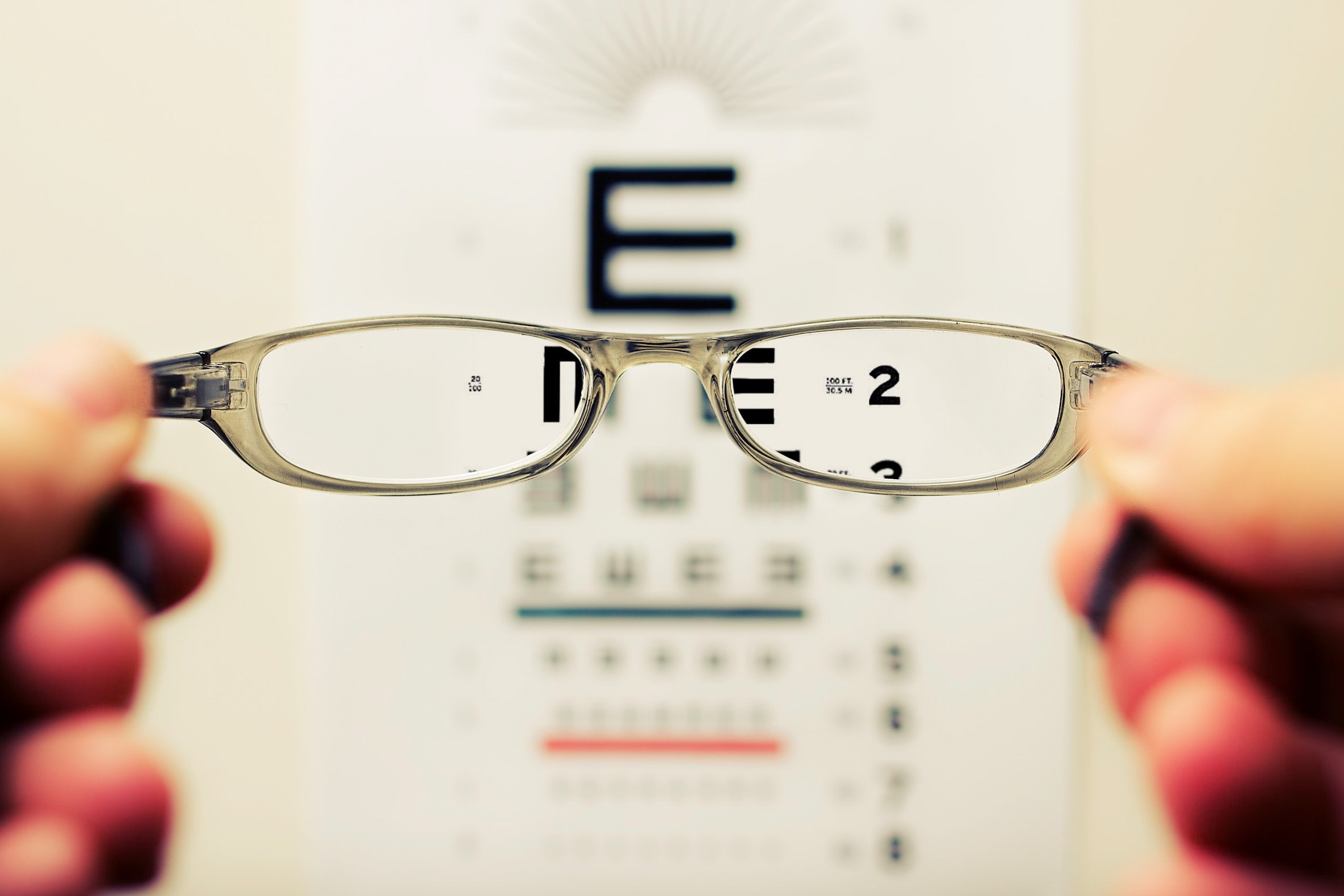While vision loss occurring in middle-aged adults results in more negative long-term health effects as well as disruptions in life responsibilities, most prior studies of cardiovascular disease among those with visual impairment (VI) have often focused on elderly populations. Researchers from Texas Tech University in Lubbock have evaluated the risk of cardiovascular disease among middle-aged and elderly persons with objectively determined VI living in low-, middle- and high-income countries. They found that individuals with VI were at high risk for future cardiovascular disease. This association was consistent across the severity of VI and was more pronounced in adults with VI who were less than 65 years old or were currently employed.
 |
|
New findings corroborate emerging evidence of the substantial burden of cardiovascular disease risk factors being higher in younger adults (age <65) compared with elderly adults with VI. Photo: Getty Images. Click image to enlarge. |
The study, published in Ophthalmic Epidemiology, compiled data from 32,268 adults between the ages of 30 and 74 without CVD or blindness from nationally representative surveys based in China, Ghana, India, Mexico, Russian Federation, South Africa and the United States. At the time of the study, these seven countries from four continents accounted for approximately half (46.4%) of the world’s total population. The mean age of participants was 46.4 years, with half of them being women (49.3%). VI and severe VI were defined as presenting visual acuity worse than 6/18 and 6/60, respectively. The age-adjusted prevalence of VI ranged from 1.1% (United States) to 14.2% (South Africa), while severe VI ranged from 0.4% (United States) to 4.5% (Ghana).
In models that adjusted for country, sociodemographic factors, waist girth, healthcare use, activities of daily living and other health-related factors, VI was associated with cardiovascular disease risk ≥10% (odds ratio; OR = 1.69), which the researchers considered to be an intermediate-to-high risk for incident cardiovascular disease events in the next 10 years. This observed association was largely consistent across countries. The observed risk was similar among adults with moderate or severe VI (OR = 0.95). Cardiovascular risk was higher among adults with VI who were <65 years old (OR = 1.89) or were employed (OR = 2.24).
The research team noted the latter finding paradoxical, “as several reports confirm substantially lower employment opportunities available to adults with VI compared to the general population, regardless of country of residence.”
The article on the research cites the influence of stereotypes and misconceptions about people with visual impairment by employers, insufficient training, lack of recognition for accomplishments, limited opportunities to develop new skills, lack of support and adequate salary as contributors to poor employment outcomes that lead to heightened work-related stress. “All these psychological factors, coupled with the lower socioeconomic position of adults with VI may explain the high risk of CVD among employed adults with VI observed in our study,” the authors wrote.
Because ideal cardiovascular health is inversely associated with several ocular diseases that cause VI, they wrote in their paper, “the findings of this study that show elevated risk of cardiovascular disease among adults, especially younger adults, suggest that effective and timely clinical interventions, adoption of behavior and lifestyle changes and the availability of vision rehabilitation services, mainly in the workplace, for adults with VI all hold promise in reducing the burdens of both conditions.”
Appiah D, Chaudhury H, Chaudhury T, et al. The risk of cardiovascular disease risk among adults with vision impairment from low-, middle- and high-income countries. Ophthalmic Epidemiol. June 4, 2024. [Epub ahead of print]. |


